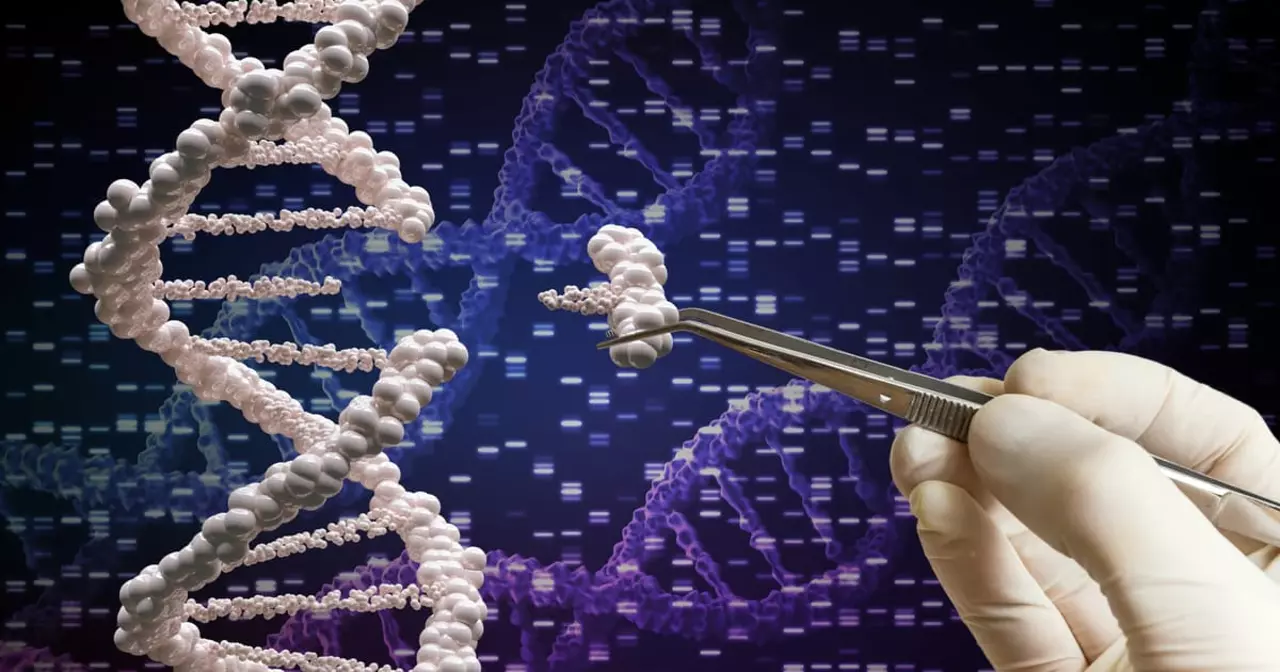
Exploring the Mechanisms of Carbamazepine
As we delve into the future of carbamazepine, it is essential for us to understand the underlying mechanisms of this widely utilized anticonvulsant drug. Carbamazepine primarily works by stabilizing the inactivated state of voltage-gated sodium channels, thereby reducing the frequency of seizures in patients with epilepsy.
But that's not all. Recent research has also revealed that carbamazepine may have additional effects on other ion channels and neurotransmitter systems, which could potentially expand its therapeutic uses. In this section, we will explore these mechanisms and discuss their implications for the future of carbamazepine.
Carbamazepine in the Treatment of Epilepsy
Carbamazepine has been a cornerstone in the treatment of epilepsy for many years. Its efficacy in reducing seizure frequency and improving the overall quality of life for patients has made it a popular choice among healthcare professionals.
However, as with any medication, the effectiveness of carbamazepine can vary among individuals. Some patients may experience significant side effects or may not respond adequately to the drug. As research continues to advance, we are beginning to understand the factors that contribute to these variations, such as genetic differences and drug interactions. This knowledge will help guide the development of more personalized treatment plans for those with epilepsy.
New Applications of Carbamazepine
While carbamazepine is best known for its role in treating epilepsy, recent research has uncovered potential new applications for this drug. Studies suggest that carbamazepine may be effective in managing certain psychiatric disorders, such as bipolar disorder and schizophrenia.
Additionally, research is ongoing to investigate the use of carbamazepine in the treatment of neuropathic pain, a chronic pain condition that can be difficult to treat with traditional pain medications. The ability of carbamazepine to modulate various ion channels and neurotransmitters may play a role in its potential effectiveness in these diverse conditions.
Advances in Carbamazepine Formulations
As we continue to explore the future of carbamazepine, it is important to consider the various formulations available. Currently, carbamazepine is available in immediate-release and extended-release forms, which can be tailored to meet the individual needs of patients.
Newer formulations are being developed to improve the drug's absorption, minimize side effects, and maintain a consistent level of the medication in the bloodstream. These advancements in drug delivery technology will enhance the overall patient experience and potentially improve treatment outcomes.
Addressing the Challenges of Carbamazepine Therapy
Despite its widespread use and proven efficacy, carbamazepine therapy is not without its challenges. One major concern is the potential for drug interactions, as carbamazepine is known to interact with numerous other medications, potentially reducing their effectiveness or increasing the risk of side effects.
Moreover, carbamazepine has a narrow therapeutic index, which means that small changes in blood levels can lead to significant changes in clinical effects. This requires careful monitoring and dose adjustments to maintain optimal drug levels. As our understanding of carbamazepine's pharmacokinetics and pharmacodynamics advances, we will be better equipped to address these challenges and enhance the safety and effectiveness of carbamazepine therapy.
Looking Ahead: The Future of Carbamazepine Research
In conclusion, the future of carbamazepine is bright as new research and developments continue to emerge. We are gaining a deeper understanding of the drug's mechanisms, which may open the door to novel therapeutic applications. Advancements in drug formulations and delivery systems hold promise for improved patient outcomes.
As we continue to address the challenges associated with carbamazepine therapy, we can anticipate a more personalized approach to treatment, guided by our growing knowledge of individual patient factors and drug interactions. As a blogger, I am excited to see what the future holds for carbamazepine and the countless patients who rely on this medication to manage their conditions.
14 Comments
Write a comment
More Articles

Revitalize Your Body and Mind with the Amazing Benefits of Fir Supplements
I recently discovered the incredible benefits of Fir supplements and I just had to share my experience with you all. These supplements have helped me revitalize both my body and mind, giving me a newfound sense of energy and clarity. I've noticed improvements in my immune system, respiratory health, and even my mental well-being. I highly recommend giving Fir supplements a try if you're looking for a natural way to boost your overall health. Trust me, it's a game changer!

Why Patient Advocacy Matters for the Arrhythmia Community
Explore how patient advocacy transforms care for arrhythmia patients, from better diagnosis to influencing policy, with practical tips and real‑world examples.

The Hidden Wonders of White Hellebore: Unleash the Power of This Superstar Dietary Supplement
In my latest blog post, I've explored the hidden wonders of White Hellebore, a powerful dietary supplement that not many people know about. Known for its numerous health benefits, White Hellebore has been used for centuries as a natural remedy for various ailments. I've discussed how this superstar supplement can help with digestion, boost our immune system, and promote overall wellbeing. I've also shared some tips on how to safely incorporate White Hellebore into your daily routine. Don't miss out on discovering the untapped potential of this amazing plant!

Margo Utomo
May 16, 2023 AT 03:34Carbamazepine’s been my ride-or-die since my first seizure at 19 🙌 Turns out my brain just really likes chillin’ in sodium channel mode. Also, who else is low-key excited about the new patch version? No more swallowing giant pills before breakfast 😅